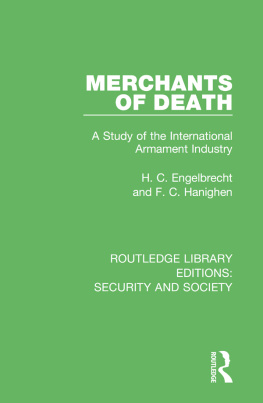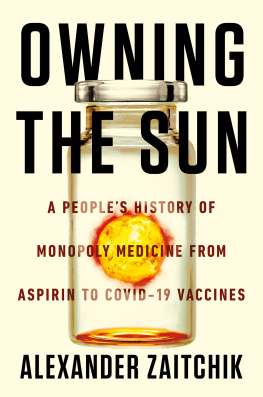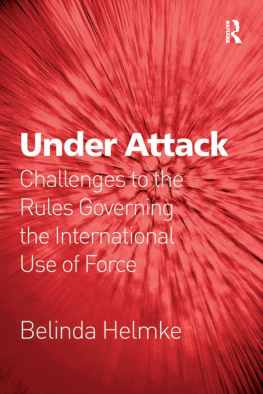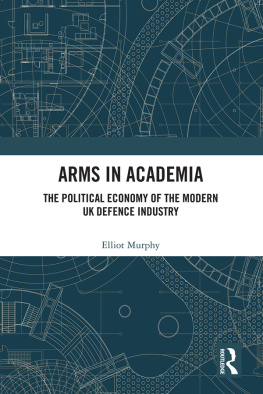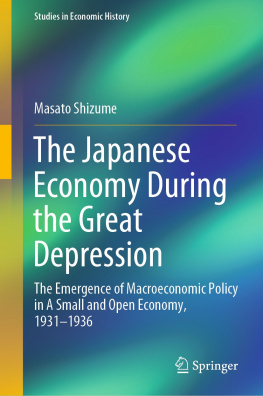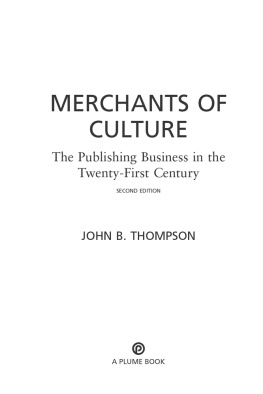First published in 1934 by George Routledge & Sons, Ltd.
This edition first published in 2021
by Routledge
2 Park Square, Milton Park, Abingdon, Oxon OX14 4RN
and by Routledge
52 Vanderbilt Avenue, New York, NY 10017
Routledge is an imprint of the Taylor & Francis Group, an informa business
1934
All rights reserved. No part of this book may be reprinted or reproduced or utilised in any form or by any electronic, mechanical, or other means, now known or hereafter invented, including photocopying and recording, or in any information storage or retrieval system, without permission in writing from the publishers.
Trademark notice: Product or corporate names may be trademarks or registered trademarks, and are used only for identification and explanation without intent to infringe.
British Library Cataloguing in Publication Data
A catalogue record for this book is available from the British Library
ISBN: 978-0-367-56733-0 (Set)
ISBN: 978-1-00-312078-0 (Set) (ebk)
ISBN: 978-0-367-61221-4 (Volume 6) (hbk)
ISBN: 978-1-00-310470-4 (Volume 6) (ebk)
Publishers Note
The publisher has gone to great lengths to ensure the quality of this reprint but points out that some imperfections in the original copies may be apparent.
Disclaimer
The publisher has made every effort to trace copyright holders and would welcome correspondence from those they have been unable to trace.
To give arms to all men who offer an honest price for them without respect of persons or principles: to aristocrats and republicans, to Nihilist and Czar, to Capitalist and Socialist, to Protestant and Catholic, to burglar and policeman, to black man, white man and yellow man, to all sorts and conditions, all nationalities, all faiths, all follies, all causes, and all crimes.Creed of Undershaft , the arms maker, in Shaws Major Barbara.
I appreciate the fact that the manufacturers of arms and ammunition are not standing very high in the estimation of the public generally. Samuel S. Stone , President of Colts Patent Fire Arms Manufacturing Co.
In 1930, as a result of the endeavours of disarmament advocates, a treaty was signed between the United States, Great Britain and Japan. While it fell far short of disarming these powers, it did agree on a joint policy of naval limitation and so prevented for a time a costly naval building competition between these countries. President Hoover submitted the treaty to the Senate for ratification. At this point an organisation called the Navy League entered the picture. It raised strenuous objections to the treaty on the ground that it jeopardised American security. The League failed to convince the Senate, however, and the treaty was ratified.
Presumably the Navy League was a collection of individuals who distrusted international efforts to disarm and who believed that a large navy would insure the safety of the United States and of its citizens. Some might assail these conservatives for clinging to reactionary ideas, but their point of view was a recognised patriotic policy upheld by many who had no connection with the League. But what was the Navy League and who were its backers?
Representative Claude H. Tawener made a speech in Congress in 1916 which revealed the results of his investigations into the nature and character of the League. He cited the Leagues official journal to show that eighteen men and one corporation were listed as founders. The corporation was the Midvale Steel Company from which the government had bought more than $20,000,000 worth of armour plate, to say nothing of other materials. Among the individual founders were Charles M. Schwab, president of the Bethlehem Steel Corporation, which makes armour plate and other war material; J. P. Morgan, of the United States Steel Corporation, which would profit heavily from large naval orders; Colonel R. M. Thompson, of the International Nickel Company, which dealt in nickel, that metal so necessary in making shells; and B. F. Tracy, former Secretary of the Navy, who became attorney for the Carnegie Steel Company. More than half of the founders of this energetic League were gentlemen whose business would benefit by large naval appropriations. It is evident from this that American arms makers have employed the Navy League to prevent naval disarmament.
In Europe their colleagues are even more active. Hitler has now become the symbol of the return of German militarism. Even before he managed to obtain supreme power there was speculation as to his financial backers. Obviously they included German industrialists fearful of socialism, communism, and the labour unions, nationalists smarting under the insults of the Versailles treaty, and a host of other discontented folk. But on the list of these contributors supplying funds to the Hitler movement were the names of two capitalistsVon Arthaber and Von Duschnitzdirectors of Skoda, the great armament firm of Germanys neighbour and enemy, Czechoslovakia.
Interlocking directorates are a familiar phenomenon in the United States. The real controller of industries is frequently found in the most unexpected places. In Europe the same system prevails. And so it appears that Messrs. Von Arthaber and Von Duschnitz represent a firm which is controlled by still another firm. The head of this holding company is neither German nor Czech. He is a French citizen, M. Eugene Schneider, president of the Schneider-Creusot Company, which for a century has dominated the French arms industry and which through its subsidiaries now controls most of the important arms factories in Central Europe. Some of Hitlers financial support, then, was derived from a company owned by a leading French industrialist and armament manufacturer.
Arms merchants also own newspapers and mould public opinion. M. Schneider is more than just president of Creusot. He is the moving spirit of another great combine, the Comite des Forges. This French steel trust through one of its officers has controlling shares in the Paris newspaper Le Temps, the counterpart of The New York Times, and the Journal des Dibats, which corresponds to the New York Herald Tribune. These two powerful papers constantly warn their readers of the danger of disarmament and of the menace of Germany. Thus M. Schneider is in a position to pull two strings, one linked to Hitler and German militarism, the other tied to the French press and French militarism.
Arms merchants have long carried on a profitable business arming the potential enemies of their own country. In England to-day in Bedford Park there is a cannon captured by the British from the Germans during the World War. It bears a British trademark, for it was sold to Germany by a British firm before the war. English companies also sold mines to the Turks by which British men-of-war were sunk in the Dardanelles during the war. The examples of this international trade in arms before the war are legion, as will be shown.
Nor are they lacking to-day. Recently the trial of the British engineers in Soviet Russia brought up the name of Vickers, the engineering firm which employed the accused. But Vickers has other activities besides building dams for Bolsheviks. It is the largest armament trust in Great Britain. For years relations between the Soviets and Great Britain were such that the Soviets were convinced that Britain would lead the attack of the capitalist powers on Russia. Yet in 1930 Vickers sold 60 of its latest and most powerful tanks to the Soviets.

